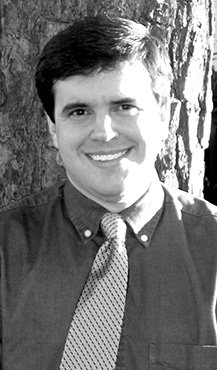The twentieth century opened a door for innovation in science and technology. Great minds steadily unlocked the mysteries of the world and made life better for countless people. One of those great minds was Arkansas research scientist Dr. Margaret Pittman, a woman whose research has helped save millions of lives.
Pittman was born in Washington Grove in Northwest Arkansas in 1901. Her father, Dr. James Pittman, was a respected physician in Washington County and introduced her to the world of science and the study of health. As a child, she and her brother and sister would often assist their father in his medical practice though that would not be permitted in any medical practice today.
In 1919, her father died after an attack of appendicitis. However, he had arranged for all of his children to attend Hendrix College in Conway. The family, however, still struggled as they completed their studies. Nevertheless, Pittman excelled and earned degrees in math and biology when she graduated in 1923. After graduation, she wanted to pursue a career in science, but her immediate options were limited. In the meantime, she went into education. She taught briefly at Galloway College in Searcy, which was a local girl’s school, and quickly rose to the position of principal. When the opportunity to study science at the graduate level came along, she jumped at the chance.
She earned a masters degree in bacteriology, the scientific study of bacteria, from the University of Chicago in 1926. Showing great promise as a scientist, she won a fellowship to the prestigious Rockefeller Institute of Medical Research, earning credit for her doctorate while working with some of the nation’s top researchers on questions surrounding bacteria and disease.
One question that captivated her research was the bacteria Hemophilus influenzae. The world suffered a terrifying outbreak of the flu in 1918 and 1919 that left 500,000 dead in the United States alone and tens of millions more worldwide. Working with Dr. Rufus Cole, she was able to help confirm the microorganism responsible for the flu, publishing an important paper on the subject in 1928. She also discovered that there were several strains of the bacteria, some of which caused meningitis, discoveries that paved the way for a life-saving vaccine years later. Pittman also studied bacterial pneumonia and earned her doctorate by 1929.
In 1936, she began work for the National Institutes of Health, continuing her studies of microorganisms and disease. In 1943, she began work on a whooping cough vaccine. The disease, also known as pertussis, infected thousands of children at the time and the most severe cases could cause pneumonia, seizures, brain damage, and even death. Hundreds of children died from the disease each year. With her NIH colleagues, Pittman developed a new technique to test the safety, viability, and potency of the vaccine. By the 1950s, deaths from whooping cough all but disappeared.
While at the NIH, she worked with colleagues on vaccines for cholera and typhus, two diseases which had caused millions of deaths around the world. By the 1960s, her work led to the perfection of the cholera vaccine.
Her work added important pieces to the scientific puzzles that had frustrated medicine for generations. While doctors and scientists had suspected that there were cures to these diseases, Pittman put the finishing touches on the vaccines for many ailments, to the point that where many of these diseases once left thousands dead in their wake are hardly given a second thought by the general public in the twenty-first century. That peace of mind for so many families is thanks in part to the genius and determination of one Arkansas scientist.
Dr. Ken Bridges is a professor of history and geography at South Arkansas Community College in El Dorado and a resident historian for the South Arkansas Historical Preservation Society. Bridges can be reached by email at kbridges@ southark.edu.
